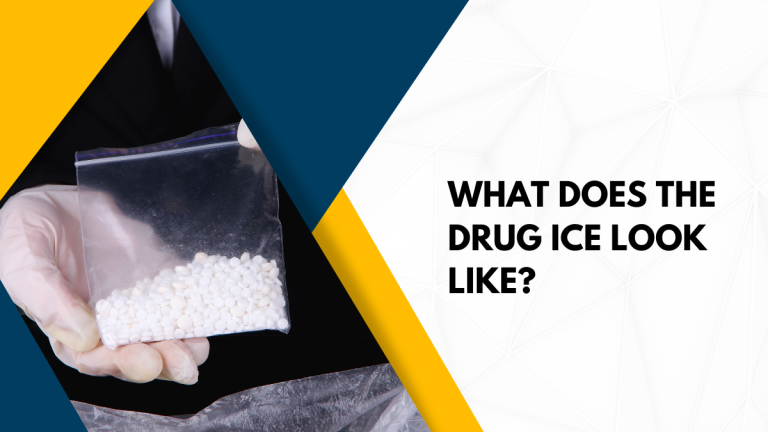3D Rendering and Medicine: Transforming Healthcare through Visualisation
In the dynamic landscape of modern healthcare, technological advancements are continually reshaping the way medical professionals diagnose, treat, and communicate complex information.
One such groundbreaking technology is 3D rendering, a powerful tool that holds the potential to revolutionize the field of medicine. This blog post explores the exciting intersection of 3D rendering and medicine, showcasing how this visual innovation is making significant strides in improving patient care, medical education, and research.
Rendervision is a pioneer in 3d rendering and has medical 3d render offices in Perth, Melbourne and Sydney
- Medical Imaging and Diagnostics: 3D rendering has elevated medical imaging to new heights, providing clinicians with detailed, three-dimensional representations of anatomical structures. From CT scans to MRI images, 3D rendering enables healthcare professionals to visualize complex structures in ways that traditional 2D images cannot. This enhanced visualization aids in more accurate diagnosis, surgical planning, and a deeper understanding of patient-specific anatomies.
- Surgical Planning and Training: Surgeons are leveraging 3D rendering to meticulously plan and rehearse complex procedures before entering the operating room. By creating virtual models based on patient-specific data, surgeons can simulate surgeries, anticipate challenges, and optimize their approaches. Additionally, medical students and residents benefit from immersive training experiences, gaining practical insights into various medical procedures through interactive 3D models.
- Patient Education and Engagement: 3D rendering plays a crucial role in patient education, providing a clear and accessible way to communicate complex medical conditions and treatment options. Visualizations help patients better understand their diagnoses, fostering informed decision-making and active participation in their healthcare journey. Interactive 3D models empower patients to visualize the impact of different treatment options on their specific conditions.
- Drug Discovery and Development: In the realm of pharmaceutical research, 3D rendering contributes to drug discovery and development. Molecular modelling and simulation techniques, powered by advanced rendering technologies, enable researchers to visualize the interactions between drugs and biological molecules at a molecular level. This aids in the identification of potential drug candidates and accelerates the drug development process.
- Advancements in Virtual Reality (VR) and Augmented Reality (AR): The integration of 3D rendering with virtual reality and augmented reality is creating immersive experiences for medical professionals. Surgeons can use VR to navigate complex anatomical structures, and medical students can engage in realistic simulations. AR applications enhance real-world scenarios by overlaying 3D medical visualizations onto the physical environment, offering valuable insights during procedures.
As 3D rendering continues to evolve, its impact on the field of medicine becomes increasingly profound. From improving diagnostic accuracy to transforming surgical planning and enhancing patient education, the marriage of 3D rendering and medicine holds vast potential for advancing healthcare practices. This intersection represents a testament to the remarkable journey of technology in improving the quality of patient care and shaping the future of medicine.




